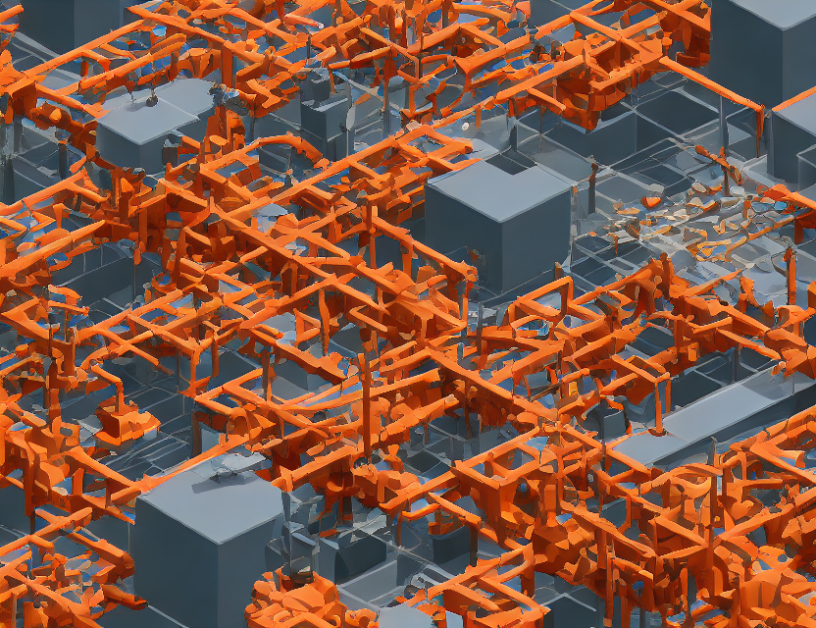In this article, we will delve into the world of knowledge distillation, a technique used to transfer knowledge between different model architectures. By understanding how knowledge distillation works and its various applications, researchers and practitioners can develop more efficient and effective models for a range of tasks.
What is Knowledge Distillation?
Knowledge distillation is a method that involves training one model (the student) to mimic the behavior of another model (the teacher). The teacher model provides the student with knowledge, which the student then uses to make predictions or perform other tasks. This process allows the student model to learn from the teacher model and leverage its knowledge to improve its performance.
History of Knowledge Distillation
Knowledge distillation has been around for over a decade, with the first paper on the subject published in 2015 by Hinton et al. Since then, numerous researchers have contributed to the field, exploring different approaches and applications of knowledge distillation.
Applications of Knowledge Distillation
Knowledge distillation has a wide range of applications across various fields, including:
- Computer Vision: Knowledge distillation can be used to transfer knowledge from a large and complex neural network (the teacher) to a smaller and simpler model (the student), allowing the student model to perform similar tasks with less computational resources.
- Natural Language Processing: Knowledge distillation can be applied to language models to transfer knowledge from a larger, more complex model (the teacher) to a smaller, simpler model (the student). This allows the student model to achieve better performance on a given task while using fewer resources.
- Time Series Analysis: Knowledge distillation can be used to transfer knowledge from a long-term forecasting model (the teacher) to a shorter-term forecasting model (the student), allowing the student model to make more accurate predictions over a shorter time frame.
- Recommendation Systems: Knowledge distillation can be applied to recommendation systems to transfer knowledge from an existing system (the teacher) to a new system (the student). This allows the student system to improve its performance and provide better recommendations to users.
How Does Knowledge Distillation Work?
Knowledge distillation works by training the student model to mimic the behavior of the teacher model. This is done through a process called feature distillation, where the student model is trained to match the output of the teacher model. The student model is trained using a loss function that measures the difference between its output and the output of the teacher model. Over time, the student model learns to produce outputs that are similar to those of the teacher model, effectively transferring the knowledge from the teacher model to the student model.
Types of Knowledge Distillation
There are several types of knowledge distillation, including: - Logit Distillation: This involves training the student model to match the logits (pre-softmax activations) of the teacher model.
- Feature Distillation: This involves training the student model to match the features or embeddings produced by the teacher model.
- Relation Distillation: This involves training the student model to match the relations between samples as predicted by the teacher model.
- Hybrid Distillation: This combines multiple types of distillation, such as logit and feature distillation, to transfer knowledge from the teacher model to the student model.
Benefits of Knowledge Distillation
Knowledge distillation has several benefits, including
- Improved Performance: By transferring the knowledge from a larger, more complex model (the teacher) to a smaller and simpler model (the student), the student model can achieve better performance on a given task while using fewer resources.
- Reduced Computational Costs: By reducing the computational costs of the student model, knowledge distillation can help reduce the overall cost of a system or application.
- Faster Training Times: Knowledge distillation can speed up the training process by leveraging the knowledge from the teacher model to improve the performance of the student model.
- Improved Generalization: By transferring the knowledge from a larger, more complex model (the teacher) to a smaller and simpler model (the student), the student model can generalize better to new data and tasks.
Conclusion
In conclusion, knowledge distillation is a powerful technique that allows researchers and practitioners to transfer knowledge between different model architectures. By understanding how knowledge distillation works and its various applications, we can develop more efficient and effective models for a range of tasks. Whether in computer vision, natural language processing, time series analysis, or recommendation systems, knowledge distillation is a valuable tool that can help improve the performance and efficiency of our models.



